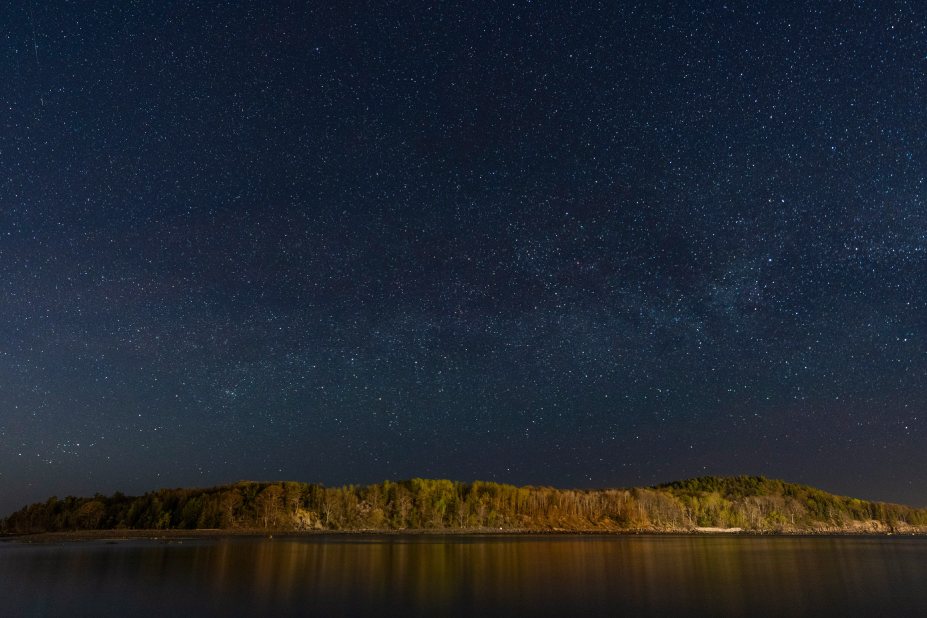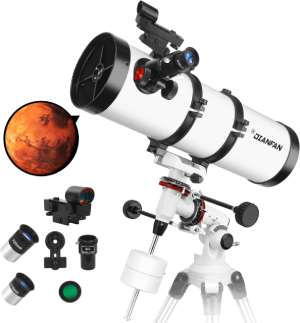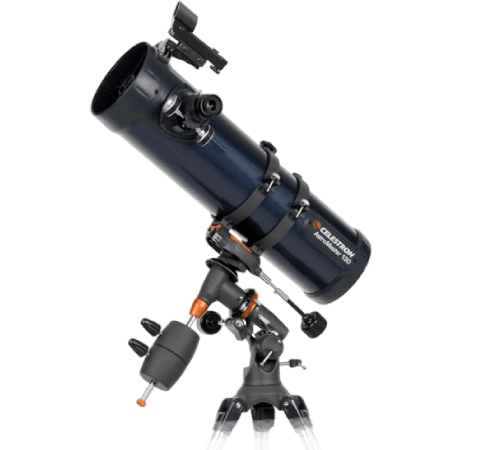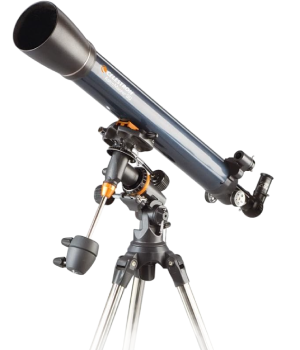Stargazing is more than a casual hobby—it’s a celestial escape. Whether you're a seasoned astronomer or a family on a weekend getaway, visiting designated dark-sky areas can transform your experience from peeking at stars to witnessing the Milky Way in its full glory.
Why Stargazing Destinations Matter

The US and Europe are home to some of the world’s best stargazing destinations, perfect for those who want to combine nature, travel, and the wonders of the night sky. In this guide, we’ll highlight travel-friendly stargazing spots and recommend compact telescope gear to bring along for a breathtaking cosmic experience.
Best Stargazing Spots in the US
1. Big Bend National Park, Texas
Known for its vast dark skies and remote location, Big Bend is an International Dark Sky Park. It's ideal for deep-sky observation and astrophotography.
- Best time to visit: Fall to early spring
- Nearby facilities: Campgrounds, cabins, and guided night tours
- Recommended gear: Lightweight telescope like the Celestron Travel Scope 70 DX
2. Bryce Canyon National Park, Utah
With its high elevation and low humidity, Bryce Canyon offers crystal-clear skies. It’s also home to one of the best astronomy festivals in the US.
- Best time to visit: May through September
- Activities: Night sky programs, telescope viewing events
- Recommended gear: Portable star trackers and a red flashlight
3. Cherry Springs State Park, Pennsylvania
Regarded as one of the darkest places on the East Coast, this spot is perfect for those on the eastern seaboard looking for a weekend stargazing trip.
- Best time to visit: Summer months, new moon weekends
- Perks: Designated overnight astronomy field
- Recommended gear: Dobsonian telescope with wide-aperture mirror
✨ James Webb Nebula Gallery
Top Stargazing Spots in Europe
4. Tenerife, Canary Islands (Spain)
Mount Teide offers altitude, isolation, and government-backed light pollution controls. It's a favorite among astronomers and travelers alike.
- Best time to visit: March to November
- Altitude: Over 2,000 meters above sea level
- Recommended gear: Travel telescope with smartphone adapter
5. Val d'Orcia, Tuscany (Italy)
This UNESCO World Heritage Site isn’t just beautiful by day—the rolling hills also hide some of Italy's darkest skies.
- Best time to visit: Late spring or early fall
- Vibe: Perfect for romantic or solo skywatching
- Recommended gear: Compact binoculars and a sky map app
6. Eifel National Park, Germany
A certified Dark Sky Park, this forested area offers guided astronomy tours in both English and German.
- Best time to visit: Year-round, but avoid full moon
- Extras: Family-friendly star camps
- Recommended gear: Beginner GoTo telescopes for guided star-finding
Ready to Stargaze? Explore the Night with the Right Gear
Whether you're road-tripping through Utah or wine-touring Tuscany, don’t miss the magic waiting above. Invest in a travel-friendly telescope and witness the universe from Earth’s most stunning stargazing spots.
Can't Sleep?
Best GoTo Telescopes for Beginners in 2025: Are They Worth It?
Buying Guide: Choosing the Right Travel Telescope
When planning a stargazing trip, especially abroad, your telescope needs to be:
- Lightweight and Portable: Look for telescopes under 10 lbs with carrying bags
- Quick Setup: Choose models with alt-azimuth mounts or GoTo systems for easy alignment
- Durability: Materials like carbon fiber or aluminum are travel-tough
- Budget-Friendly: You can find quality travel scopes between $100–$300
Bonus Tips:
- Add a solar filter for daytime sun observation.
- Always bring a red light headlamp to preserve night vision.
- Use apps like Stellarium or SkySafari to find constellations more easily.


